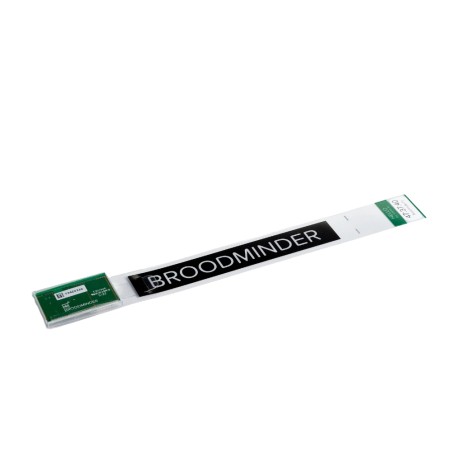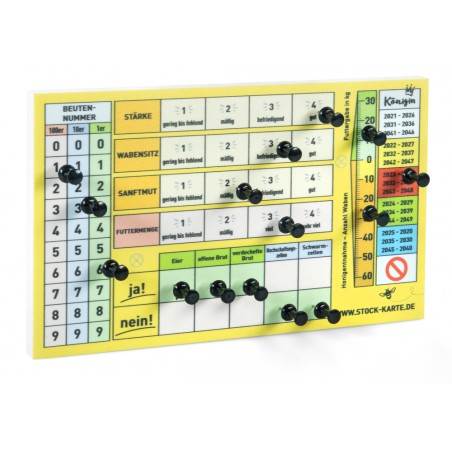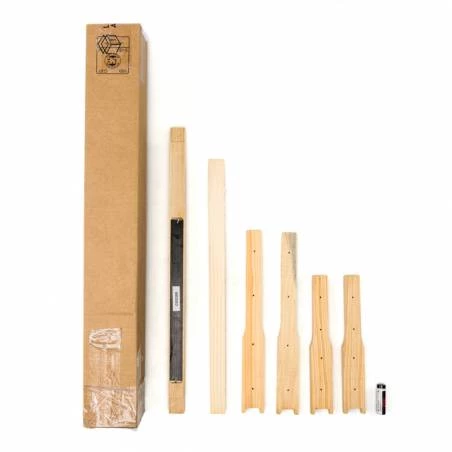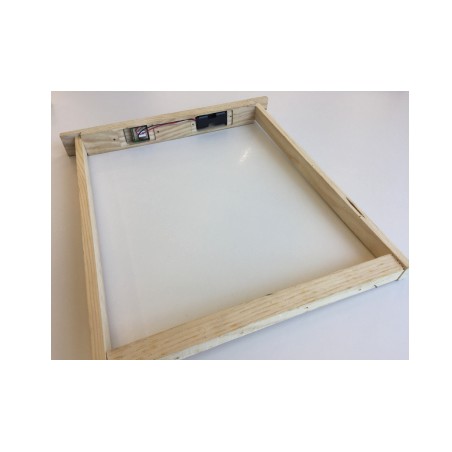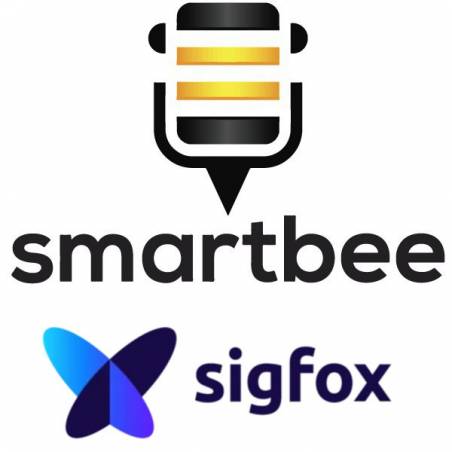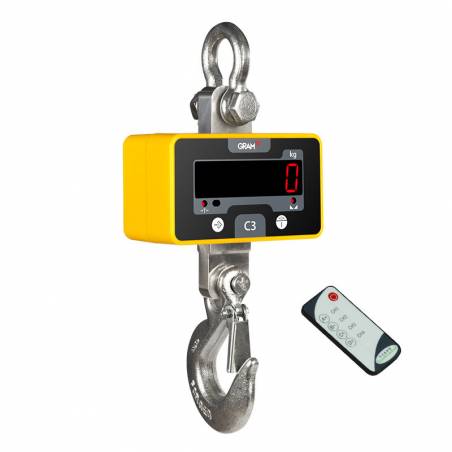Apiary monitoring and security
Keep your apiary secure and your bees healthy with Hive Monitoring solutions
If you've ever wondered what happens inside the hive without opening it, remote monitoring is the answer. The integration of sensors in beekeeping has transformed the way we work, allowing us to anticipate brood reduction, food shortages, swarming, or even colony collapse.
Temperature, humidity, and weight sensors provide real-time data on hive activity, helping to make more precise decisions and reducing manual intervention. And the best part: as you monitor your hives, your understanding of bee behavior evolves, and you truly begin to comprehend what is happening inside each box.
A practical tip: start with a couple of BroodMinder-T brood sensors. It is an affordable investment and undoubtedly one of the most valuable tools for understanding colony dynamics throughout the year.
Welcome to beekeeping with open eyes!

Apiary monitoring and security
Hive Monitoring has become an essential tool for the modern beekeeper, enabling key decision-making based on real-time data without the need for physical inspections. In a context where climate change, hive theft, and reduced forage sources impact beekeeping, monitoring devices allow for better hive management and precise protection of investments in real-time.
In this section, you'll find monitoring solutions to optimize every aspect of beekeeping. Devices such as hive scales, temperature and humidity sensors, GPS trackers, and security cameras are designed to support the comprehensive management of your apiaries. Below, we outline how each of these devices can simplify your work:
1. Hive Scales
Hive scales monitor the hive’s weight every hour, providing precise information on nectar flow, reserve consumption, and colony productivity. What does this mean in practice? An increase in weight indicates that your bees are collecting enough nectar, helping you decide when to add supers. If the weight decreases in winter, you can plan for supplemental feeding to prevent the colony from running out of stores. Additionally, a sudden drop could indicate swarming, allowing you to intervene in time to control the situation.
2. Temperature and Humidity Sensors
The brood nest temperature is a direct indicator of brood health and queen presence. The optimal temperature for brood rearing is between 32 and 36°C; outside this range, the beekeeper may detect health issues, such as disease or broodlessness. These sensors are also valuable for detecting colony mortality, as a lack of stable temperature can signal colony loss. In regions with extreme climate fluctuations, humidity sensors help detect the risk of condensation, allowing you to adjust hive ventilation to maintain a healthy environment.
In very dry regions where temperatures soar in summer, humidity sensors help detect the risk of brood desiccation. If humidity drops below 50%, eggs can dehydrate and fail to hatch. Thus, measuring humidity is crucial to ensuring a suitable environment for brood development.
3. GPS Anti-Theft Devices
In migratory beekeeping, where hives are moved in search of different forage sources, theft is a constant concern. GPS devices provide real-time location tracking of hives. If an unexpected movement is detected outside the apiary, the beekeeper receives an immediate alert, increasing the chances of recovering the hive in case of theft.
4. 4G Security Cameras
The 4G camera with a solar panel offers real-time surveillance, ideal for monitoring hives located in remote areas. This camera allows for visual monitoring of apiary activity and quick detection of suspicious movements or theft attempts, reducing the need for constant visits to the site. Its solar panel ensures the camera stays active without worrying about recharging.
5. Comprehensive Monitoring Systems
Monitoring kits that include hive scales, sensors, and GPS provide a complete view of hive activity. These combined systems not only protect hives but also optimize bee production and health through real-time alerts, historical graphs, and hive comparisons, all accessible from any mobile device. With these tools, beekeepers can reduce on-site visits, saving time and resources while managing their apiaries more efficiently.
Investing in monitoring and security systems not only improves control over hive health and production but also protects your investment and daily work. Beekeeping technology is a crucial tool for the success of modern beekeeping. With these devices, you can anticipate problems and act in time, safeguarding both your hives and profitability. Discover how to take your beekeeping to the next level with our monitoring solutions!

 Apipasta with vitamins 15kg
Apipasta with vitamins 15kg
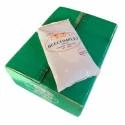 Beecomplet® Spring 14Kg
Beecomplet® Spring 14Kg
 Beekeeper suit with round veil
Beekeeper suit with round veil
 Oxalic acid 1kg
Oxalic acid 1kg
 Beeswax Foundation 5kg
Beeswax Foundation 5kg
 Fresh royal jelly 20g
Fresh royal jelly 20g
 Classic honey jar 1kg comb-lines TO77 - Pack of 16 units
Classic honey jar 1kg comb-lines TO77 - Pack of 16 units
 Promotor L 1 liter
Promotor L 1 liter


